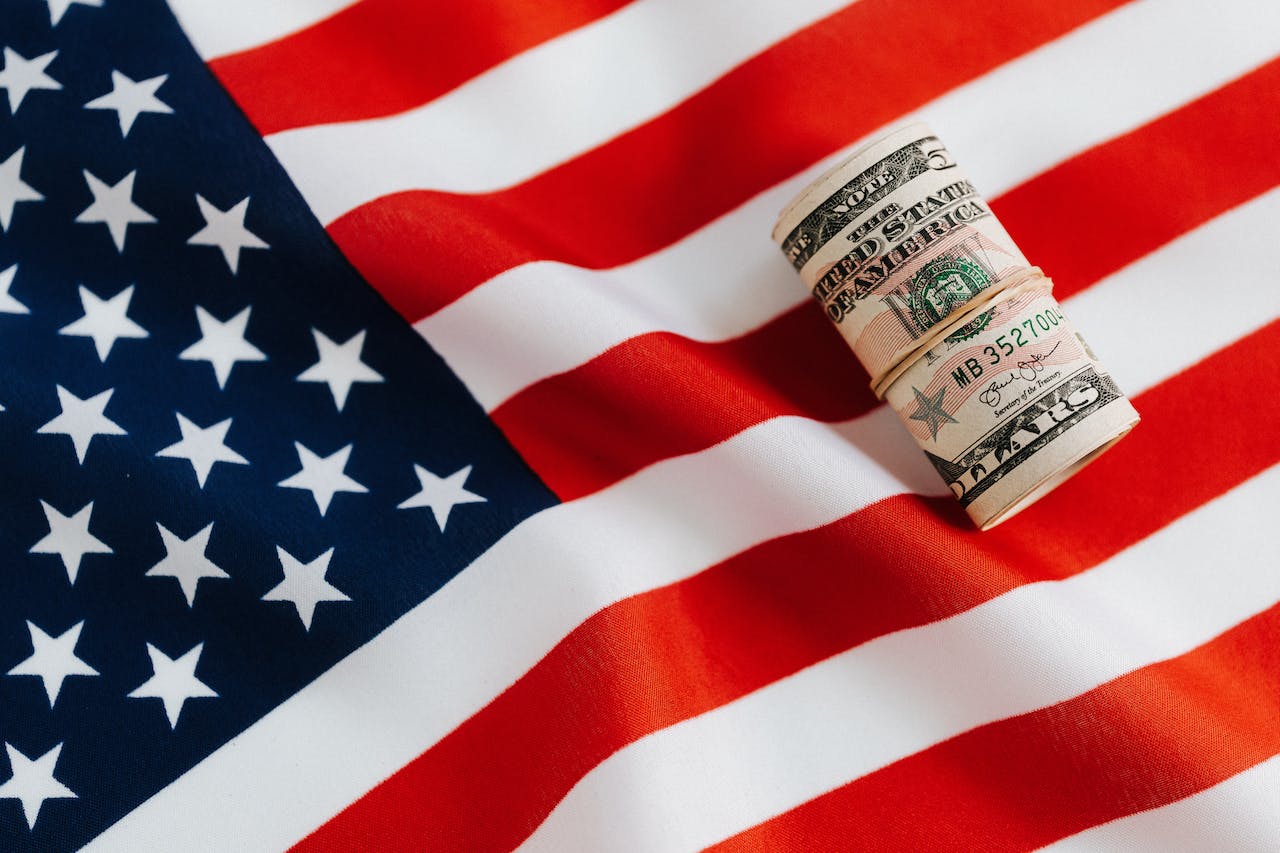In a rare economic phenomenon not witnessed since the aftermath of World War II, experts are cautiously optimistic that the United States may experience a “soft landing” in 2024, marked by a drop in annual inflation from above 5% to below 3%, without the specter of an accompanying recession within the next 18 months. The Federal Reserve Bank of Philadelphia, relying on insights from professional forecasters, foresees annual inflation settling at 2.5% by the end of 2024, coupled with real GDP growth reaching 1.7%, aligning closely with its long-term trend.
Financial markets have responded positively to this prospect, rejoicing at the notion of a “soft landing” in 2024. What adds to the exceptional nature of this potential scenario is the Federal Reserve’s aggressive stance in combating inflation through interest rate hikes since March 2022. Historical precedent suggests that such monetary tightening often precipitates a recession, as slowing down an economy without triggering a downward spiral is a formidable challenge. While there have been instances, such as in the mid-1980s and late 1990s, where rate increases did not lead to a downturn, the elevated levels of inflation in 2022 amplify the extraordinary nature of a potential soft landing in 2024.
The key question on everyone’s mind is when the confirmation of a soft landing will materialize. In the case of inflation, the data offers a more reliable and infrequently revised metric. If both annual headline and core inflation, excluding volatile food and energy prices, dip below 2.5% on the Federal Reserve’s preferred price index, which rises slightly slower than the consumer-price index, it would signify the achievement of the desired goal.
Yet, a soft landing is contingent not only on taming inflation but also on avoiding a recession. The “Sahm rule,” a reliable real-time indicator that has identified every American recession since 1960 with no false positives, is yet to be triggered in today’s tight labor market. This rule activates when the three-month moving average of the unemployment rate rises by 0.5 percentage points from its low in the past year.
Despite these positive indicators, caution prevails. While the economy may have landed, experts caution against premature celebration. Historical parallels from the early 1950s and 1970s reveal that recessions struck almost a year and a half after inflation fell, highlighting that a soft landing doesn’t guarantee smooth sailing. Further concerns linger over monetary and fiscal policy. Although the Federal Reserve has signaled a planned interest rate cut of three-quarters of a percentage point in 2024, debate persists over the natural resting-point of interest rates. If predictions falter and rates are cut too drastically, a resurgence of inflation could loom on the horizon.
Moreover, government fiscal policy remains in the spotlight. While there has been a recent reduction in the underlying deficit, achieving a manageable level will demand substantial cuts. The prospect of a soft landing, tempting as it may be, requires cautious optimism. The year 2024 follows a tumultuous period during which experts underestimated economic growth and responded slowly to rising inflation. Historical precedent and expert warnings urge restraint in premature celebration.
As the nation navigates the complexities of post-pandemic recovery, uncertainties in predictions and forecasts loom large. While hope persists that experts are correct and the U.S. is on the brink of economic stability, it is prudent to exercise caution and acknowledge that the journey toward a soft landing is a nuanced process, fraught with challenges.
Source: Economist



